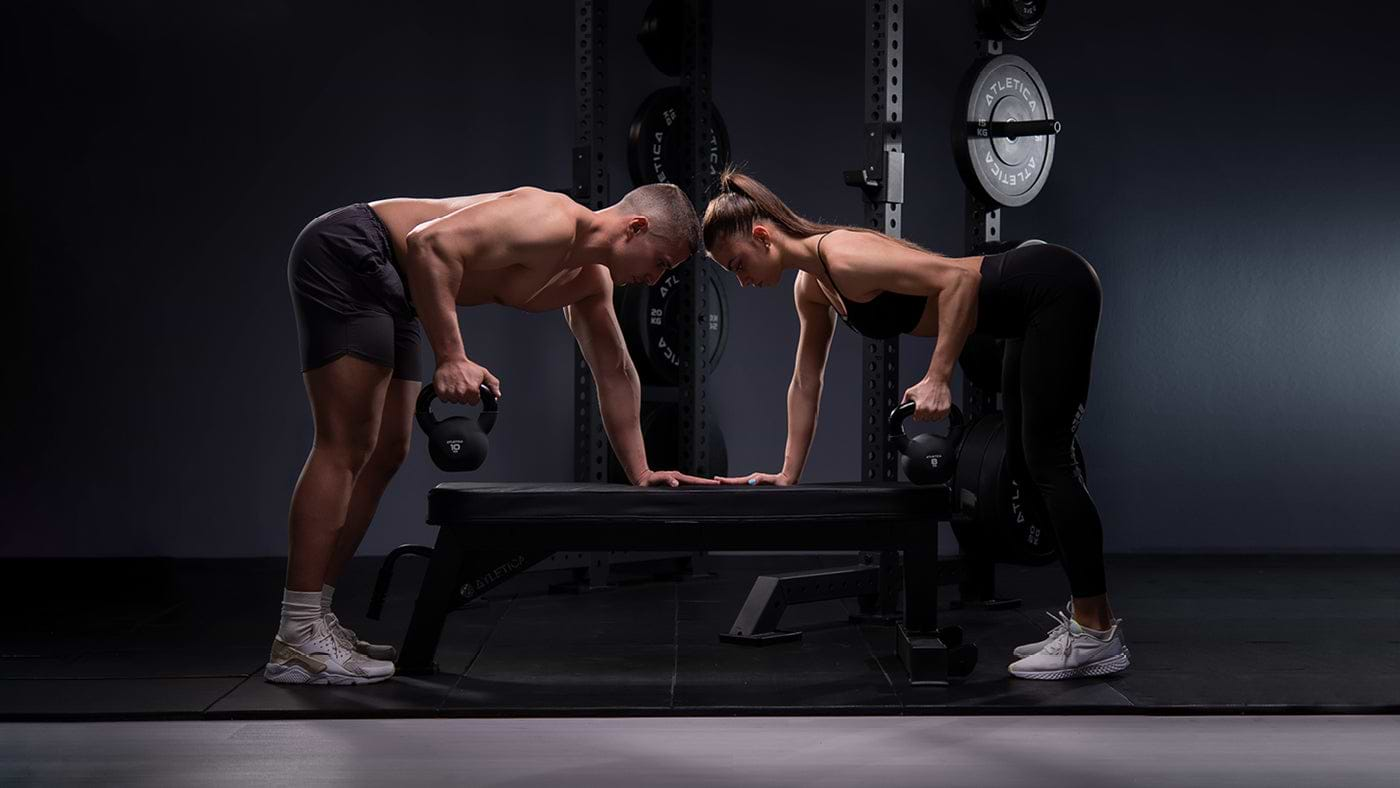Whether after training, for recovery, or simply for greater mobility in everyday life – stretching exercises for the legs are among the most effective ways to relieve tension, promote recovery, and increase overall performance . Targeted stretching of the leg muscles is essential, especially for physically active people or anyone who spends a lot of time sitting.
In this article, we present the five best stretching exercises for your legs – easy to implement, effective, and suitable for every fitness level. You'll also learn why stretching is more than just a cool-down – and how you can prevent injuries and improve your performance with regular mobilization.
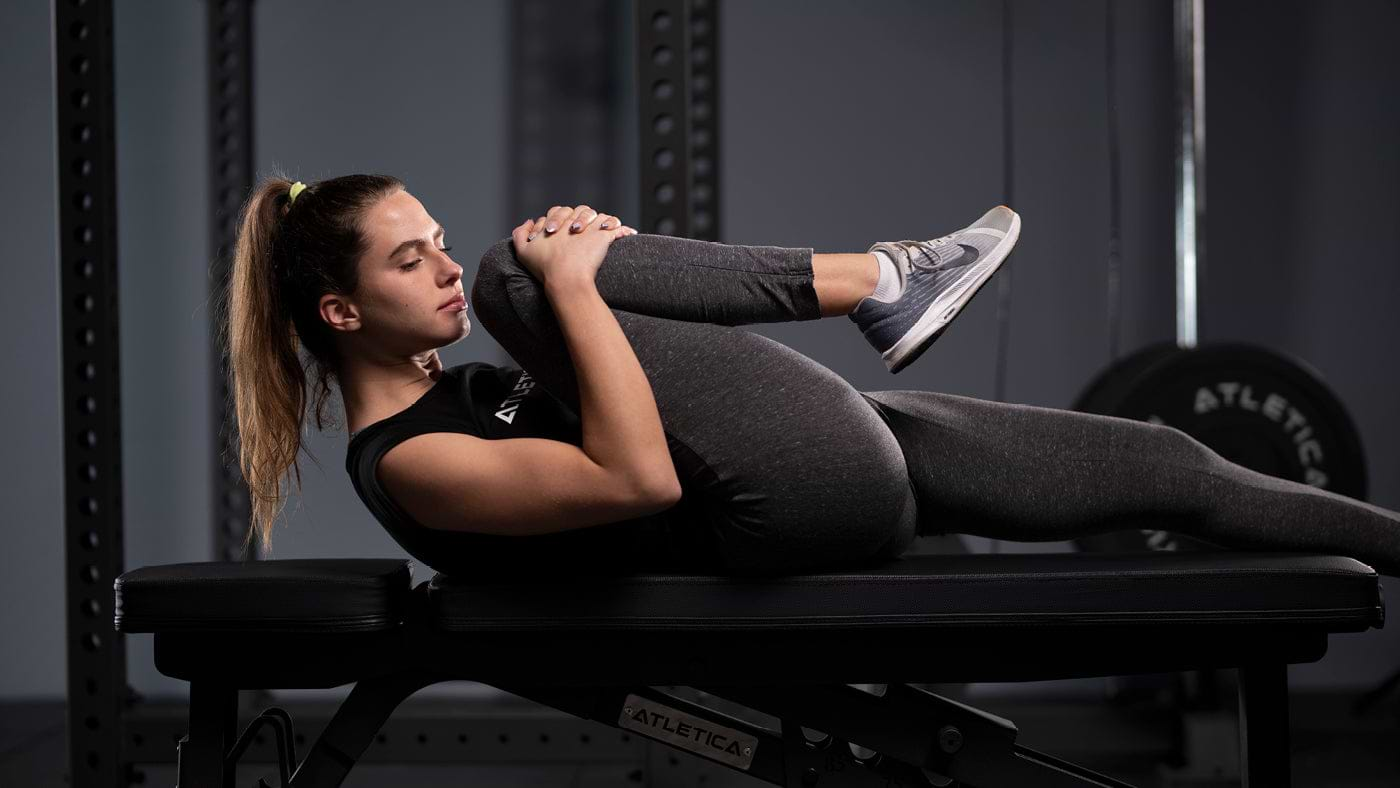
Why are leg stretching exercises so important?
The legs are among the body 's largest muscle groups – and they perform extremely hard work in everyday life and during sports. Running, jumping, lifting, climbing stairs – all of these activities regularly place strain on the muscles.
- front of the thigh (quadriceps)
- Back of the thigh (hamstring muscles)
- calf muscles
- Adductors and abductors
- hip flexors
If these muscles are shortened or tense, it can lead to problems such as knee pain, hip pain, or back tension. A flexible, elastic muscular system, on the other hand, ensures :
- Improved mobility
- Higher training performance
- Faster regeneration
- Lower risk of injury
The 5 best stretching exercises for the legs
1. Stretching the front of the thigh (quadriceps stretch while standing)
This exercise is ideal after leg training or after long walking distances.
How it works ' s:
- Stand up straight.
- Grab your foot or back of your foot with one hand and pull it towards your buttocks .
- The knees remain next to each other.
- Push your hips slightly forward.
Holding time : 30 seconds per side
Effect : Opens the hip flexors and specifically stretches the quadriceps.
2. Stretching the back of the thigh (seated hamstring stretch)
Perfect for anyone who sits a lot or does running training.
How it works ' s:
- Sit on the floor with your legs stretched out.
- Keep your upper body straight.
- Bend forward from the hips (!) towards your toes.
- The back remains as straight as possible.
Holding time : 30–45 seconds
Effect : Improves mobility of the back of the thighs and relieves pressure on the lumbar spine .
3. Calf stretch on the wall (gastrocnemius stretch)
Indispensable for runners or after long days on your feet.
How it works ' s:
- Stand in front of a wall.
- Bend one leg slightly and stretch the other backwards.
- The back heel remains firmly on the ground.
- Press your hands against the wall and lean forward slightly.
Holding time : 30 seconds per side
Effect : Loosens the calves and improves ankle mobility.
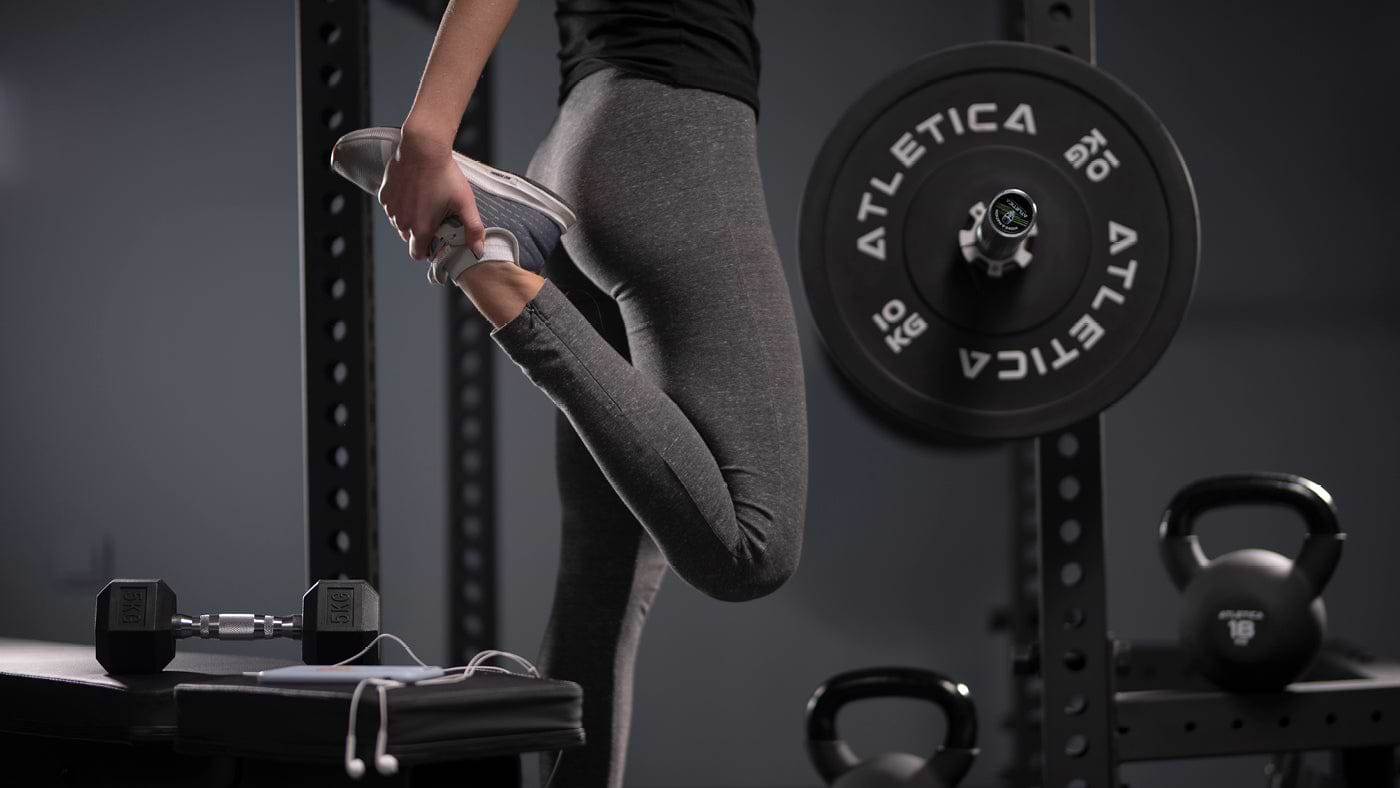
4. Adductor stretch in a wide lunge
Ideal for sports with changes of direction (e.g. B. football, tennis) and for general hip mobility .
How it works ' s:
- Take a wide stance.
- Shift your weight onto one leg and bend it slightly.
- The other leg remains stretched, with the toes pointing slightly outwards.
- You should feel the stretch on the inside of your outstretched leg.
Holding time : 30 seconds per side
Effect : Stretches the adductors, opens the hips and promotes pelvic mobility.
5. Hip flexor stretch in kneeling position (lunge stretch)
This exercise is a must for anyone who sits a lot – it opens the hips and works deeply.
How it works ' s:
- Kneel on the floor with one leg in front at a right angle and the other leg placed behind you.
- Gently push your hips forward until you feel a stretch in your thigh and groin.
- Maintain an upright posture.
Holding time : 30–45 seconds per side
Effect : Relieves tension in the hip flexors and improves posture.
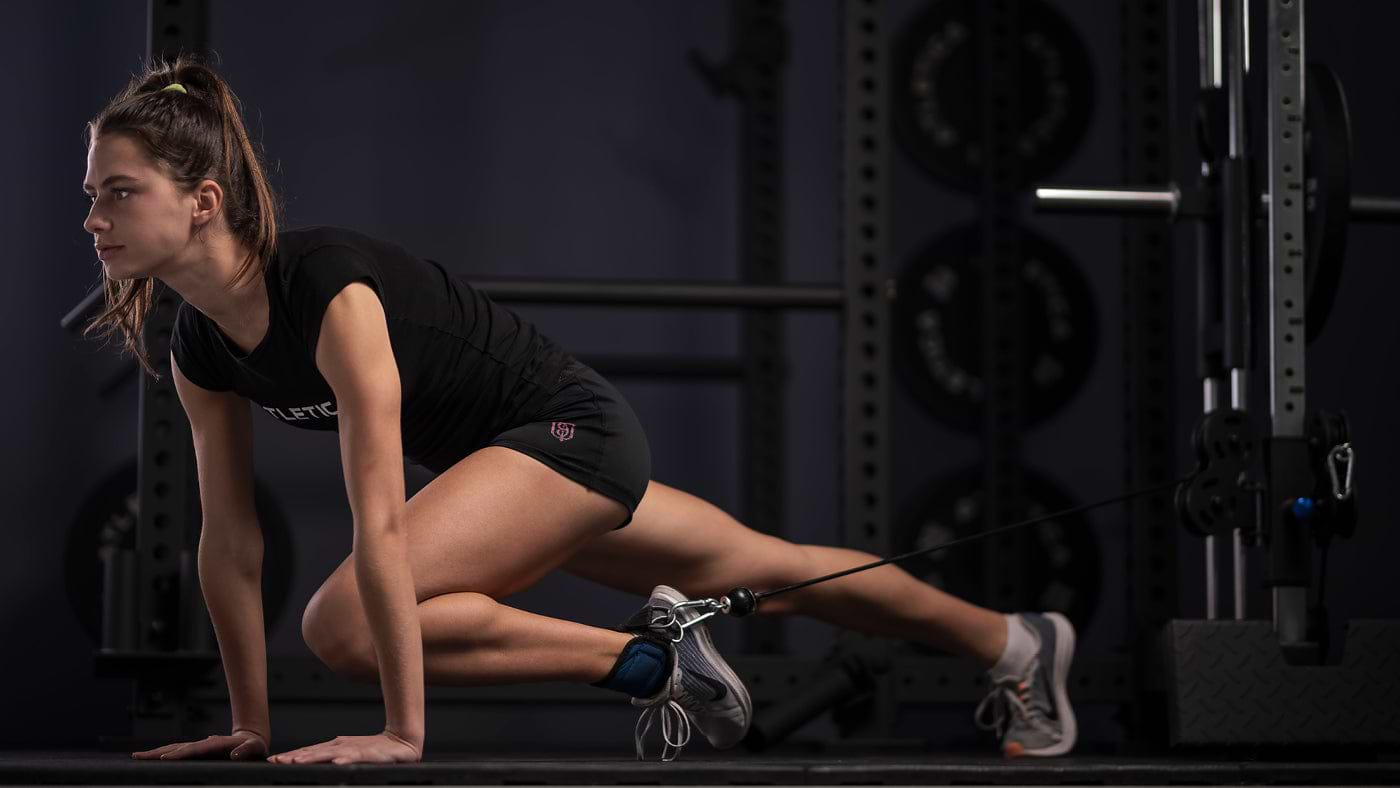
When and how should you stretch your legs?
Stretching after training:
Ideal for relaxing strained muscles, promoting blood flow, and reducing muscle soreness. Focus: static stretching.
Stretching on rest days:
Helps you become more flexible in the long term. You can specifically address weak points – e.g. B. in the case of shortened hip flexors or calves.
Stretching before training?
Dynamic stretching exercises such as lunges with upper body rotation or leg swings are recommended here – they mobilize without removing tension from the muscles.
How long should you stretch?
- At least 30 seconds per muscle group
- Repeat 2 – 3 rounds if necessary
- Breathe calmly and deeply – do not push into the pain
- Never stretch “cold “ , but after a short warm- up or workout
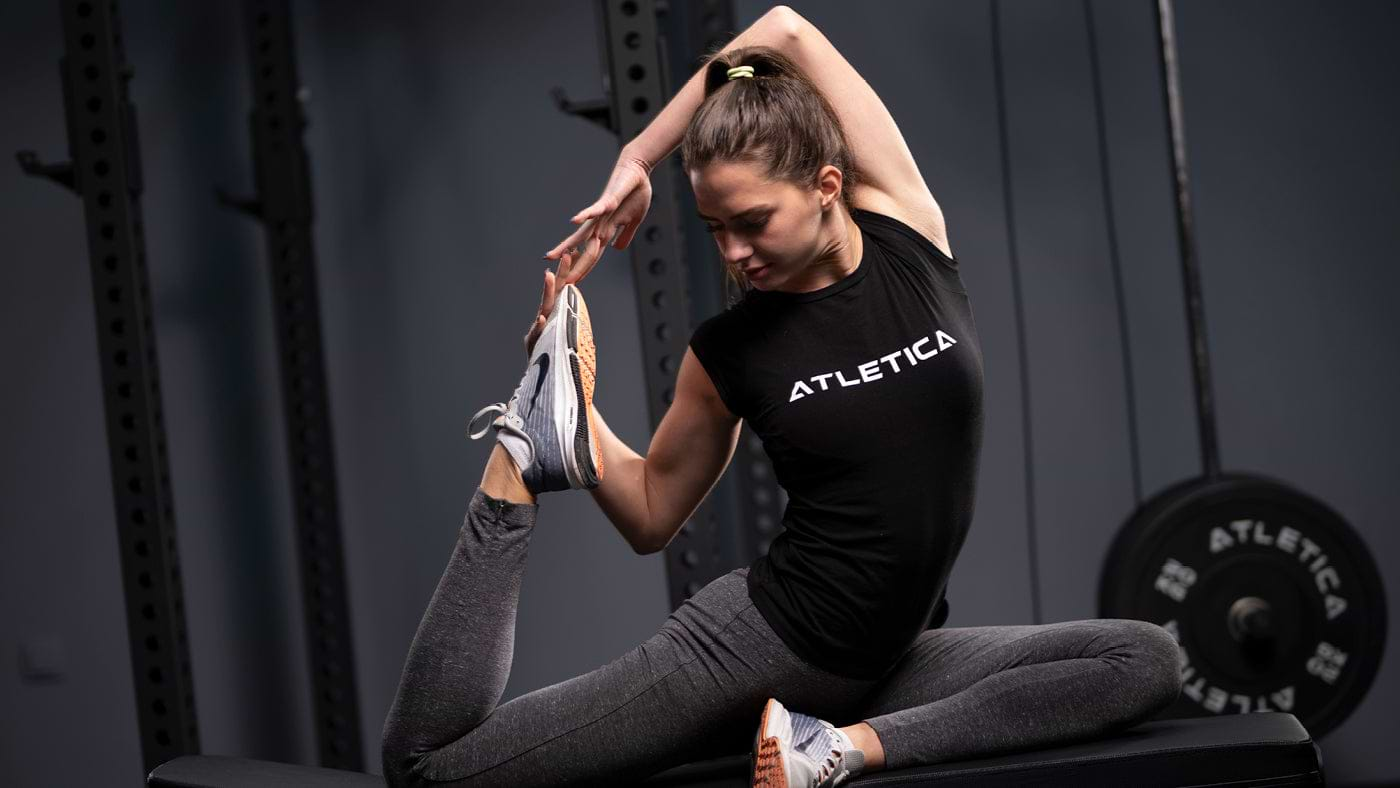
Common mistakes when stretching legs
Mistake 1: Stretching too quickly
If you jerk yourself into a position suddenly, you risk straining your muscles. Move into the stretch in a controlled and mindful manner.
Mistake 2: Wrong posture
A rounded back or bent knees reduce the effect – make sure you perform the exercise cleanly.
Mistake 3: Too much ambition
Pain is not a measure of a good stretch. You should feel a pulling sensation , but not a sharp pain. Quality over quantity .
Atletica tip: Stretch better with the right equipment
High-quality equipment also makes a difference for stretching exercises:
- Training mat : Non-slip, comfortable and gentle on the joints – the basis for every stretching session.
- Stretching belt : Increases the stretching radius and helps with clean technique – especially for beginners or for rehabilitation.
- Foam Roller & Massage Gun : Perfect addition to active regeneration and fascia release .
Atletica offers you the right accessories – for effective and comfortable stretching, whether at home or in the studio.
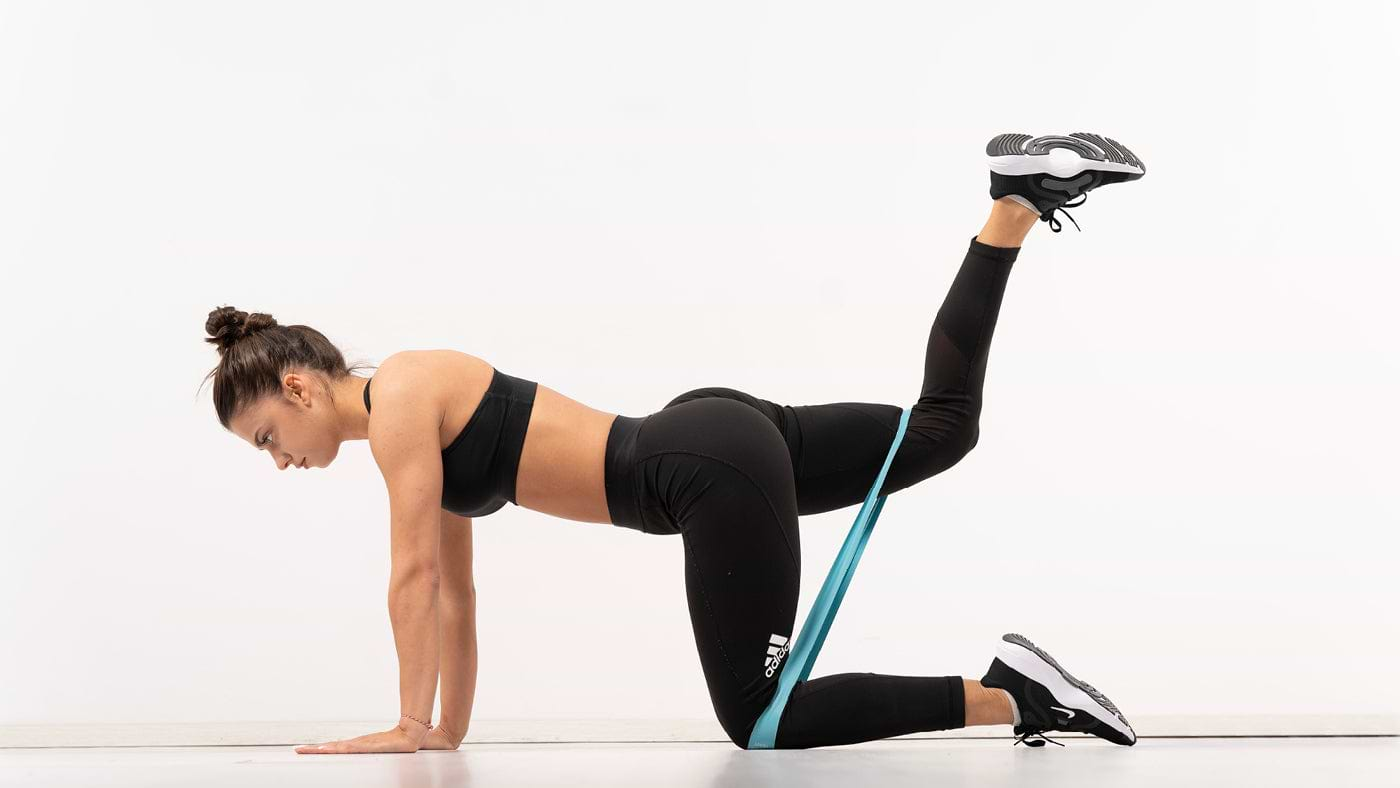
Conclusion: Stretching exercises for the legs – your key to greater mobility
Anyone who regularly stretches their leg muscles will quickly feel the positive effects: improved mobility, less pain, and increased performance . The five exercises presented here are easy to perform, require minimal equipment, and can be easily integrated into everyday life.
Whether you do strength training, endurance sports or simply want to live a healthier life – flexible legs are a foundation for good posture , efficient movements and long-term health.
With the right stretching routines – and the right equipment from Atletica – you can take not only your legs but your entire training to a new level.























































































